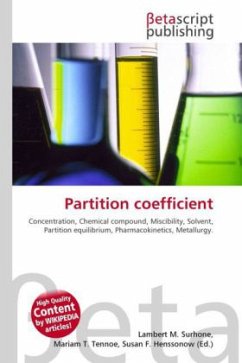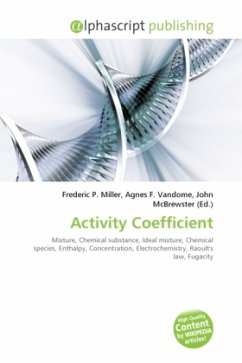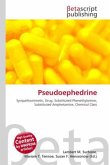Please note that the content of this book primarily consists of articles available from Wikipedia or other free sources online.In organic chemistry and the pharmaceutical sciences, a partition (P) or distribution coefficient(D) is the ratio of concentrations of a compound in the two phases of a mixture of two immiscible solvents at equilibrium. Hence these coefficients are a measure of differential solubility of the compound between these two solvents. Normally one of the solvents chosen is water while the second is hydrophobic such as octanol. Hence both the partition and distribution coefficient are measures of how hydrophilic or hydrophobic a chemical substance is. Partition coefficients are useful for example in estimating distribution of drugs within the body. Hydrophobic drugs with high partition coefficients are preferentially distributed to hydrophobic compartments such as lipid bilayers of cells while hydrophilic drugs preferentially are found in hydrophilic compartmentssuch as blood serum.
Bitte wählen Sie Ihr Anliegen aus.
Rechnungen
Retourenschein anfordern
Bestellstatus
Storno








